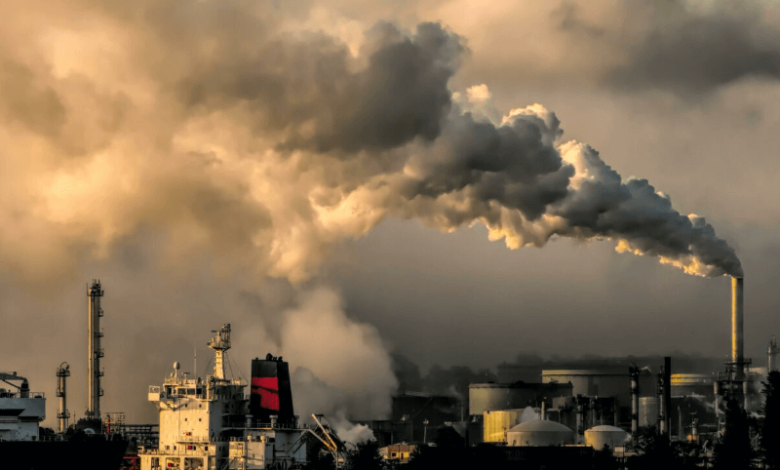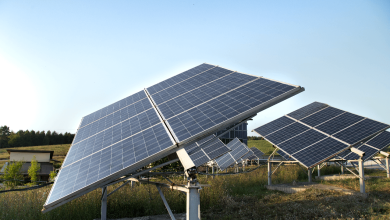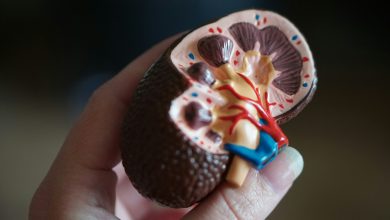Soil pollution is a bigger threat to underground biodiversity than climate change: Report

Earthworms, mites, insects are all at risk from soil pollution, and scientists are worried that the damage may be irreversible. According to new research, soil pollution is the main cause of declining underground living organisms. The findings has surprised researchers who previously assumed farming infestation and climate change could have greater impacts on the subjects of their study.
Statements of Scientists and Researchers
Researcher Dr Victoria Burton says, “Above ground, land use, climate change and invasive species have the greatest impact on biodiversity, therefore we assumed something similar below the ground. Our results however, show that this isn’t the case.”
She went on to state, “We found pesticide and heavy metal pollution causing the most damage to soil biodiversity. This is worrying as there hasn’t been much research done on impacts of soil pollution.”
Secret Life of Soils
Compared to life above ground, the life structure in the soil is pretty unknown. This is because, in addition to the difficulty in finding what organisms live under the earth, it is actually made up of layers and each layer has its own characteristic.
Soil isn’t just dirt. It’s a complex environment containing various different elements and structures consisting of nutrients and minerals. While majority is found in 10 centimetres of the surface, some live even deeper.
Loss of forest cover may be destructive for plants and animals above ground but as the soil retains moisture and has the capacity to hold it much longer, it provides a buffer thus helping to withstand the changes of climate and other environmental effects over a limited period of time.



